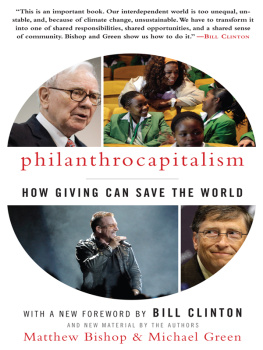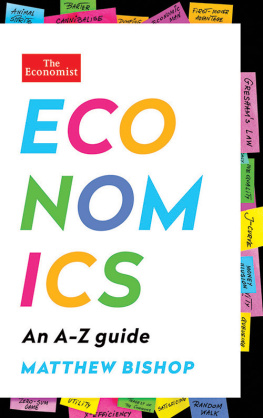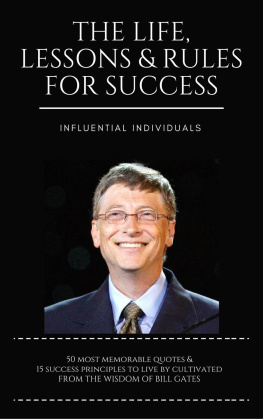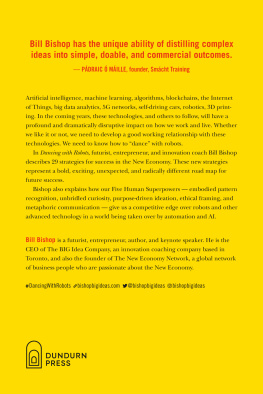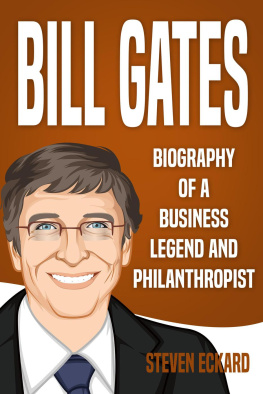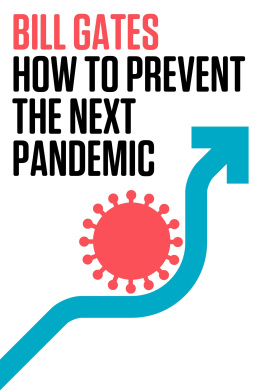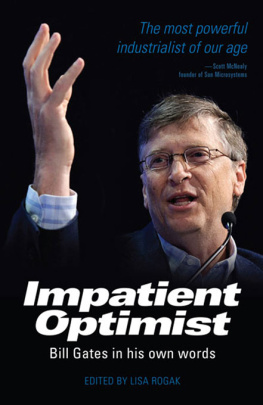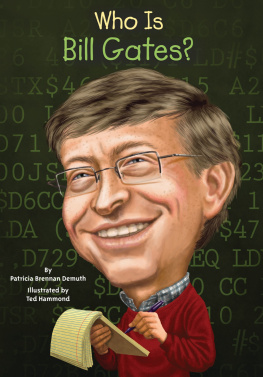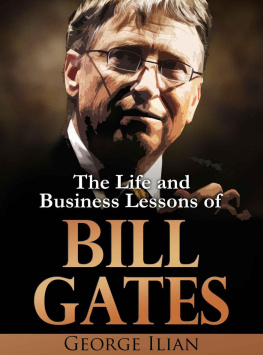PHILANTHROCAPITALISM
ALSO BY MATTHEW BISHOP
Essential Economics
PHILANTHROCAPITALISM
HOW GIVING CAN SAVE
THE WORLD
MATTHEW BISHOP & MICHAEL GREEN
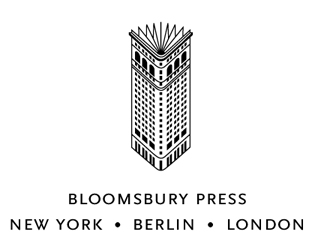
To our parents, Don and Dorothy, George and Esm.
Copyright 2008 by Matthew Bishop and Michael Green
Preface and chapter 13, We Are All Philanthrocapitalists Now,
copyright 2009 by Matthew Bishop and Michael Green Foreword copyright 2009 by William Jefferson Clinton
All rights reserved. No part of this book may be used or reproduced in any manner whatsoever without written permission from the publisher except in the case of brief quotations embodied in critical articles or reviews. For information address
Bloomsbury Press, 175 Fifth Avenue, New York, NY 10010.
Published by Bloomsbury Press, New York
Michael Green taught economics at Warsaw University in the early 1990s under a Soros-funded program. The views or opinions in this book are entirely his own and do not represent those of DFID, where he has workedfor several years.
LIBRARY OF CONGRESS CATALOGING-IN-PUBLICATION DATA
Bishop, Matthew, 1964
Philanthrocapitalism: how the rich can save the world / Matthew Bishop and Michael F. Green.
p. cm.
ISBN-13: 978-1-59691-374-5 (hardcover)
ISBN-10: 1-59691-374-6 (hardcover)
1. Social responsibility of business. 2. BusinesspeopleConduct of life. 3. Philanthropists. 4. Humanitarianism. I. Green, Michael F. II. Title.
HD60.B52 2008
361.7dc22
2008017880
First published by Bloomsbury Press in 2008
This paperback edition published in 2009
E-book ISBN: 978-1-60819-243-4
www.bloomsburypress.com
Contents
In Philanthrocapitalism, Matthew Bishop and Michael Green show the remarkable extent to which private wealth can advance public good by applying entrepreneurial skills, speed, and score-keeping to our most persistent challenges.
In politics, most debates focus on two questions: What are you goingto do? and How much money are you going to spend on it? Too little attention is given to what is often the most important question: How are yougoing to do it?
Bishop and Green document the relentless focus of the best social entrepreneurs on the How questions: How to keep HIV/AIDS and malaria from killing people? How to empower and educate the poor? How to reverse childhood obesity in the United States? How to fight climate change and increase economic opportunity? How to get other people working on these problems? How to turn good intentions into positive changes? How to do it faster and at lower cost than government alone can?
I often say my foundation is in the How business: Were helping deliver AIDS medicines to adults and children, more than 2 million of them in the developing world, by changing the business model from high marginlow volume to high volumelow margin. Were helping forty of the largest cities in the world reduce their greenhouse gas emissions by providing new technologies at volume discounts and offering new financing options. Were supporting the efforts of thousands of schools to create healthier learning environments by reducing the caloric content of beverages and snack foods in vending machines and offering low cost, high impact options for improving the fitness of students and staff. Were using the same business-oriented approach to ensure money is spent efficiently and effectively to increase economic opportunity in Latin America, Africa, and U.S. cities.
You can see the same approach taking hold throughout the world. Nobel Peace Prizewinner Muhammad Yunus pioneered with the Grameen Bank microcredit loans, which have helped lift more than 100 million people out of poverty across the world. The Gates Foundation has used it to save countless lives from malaria, to search for better ways to prevent HIV/AIDS, and to improve education in poor communities in the United States.
Ive tried to increase the momentum and impact of those in philanthrocapitalism through the Clinton Global Initiative (CGI). Since 2005, weve invited philanthropists, political leaders, business executives, leaders of nongovernmental organizations, college presidents and students, and citizen activists from around the world to meet in New York at the opening of the U.N. They discuss the big how questions, develop their own answers, and make specific commitments to implement them. To date, members have made more than 1,400 commitments valued at $46 billion that have already improved the lives of more than 200 million people in 150 countries. CGI is, in many ways, the laboratory in which the authors ideas about philanthrocapitalism are tested.
At its best, philanthrocapitalism reinforces and amplifies the time, money, skills, and gifts given every year by people who are not rich, and it informs and enhances government policies. As Bishop and Green clearly demonstrate, the twenty-first century has given people with wealth unprecedented opportunities, and commensurate responsibilities, to advance the public good.
This is an important book. Our interdependent world is too unequal, unstable, and, because of climate change, unsustainable. We have to transform it into one of shared responsibilities, shared opportunities, and a shared sense of community. Bishop and Green show us how to do it.
President Bill Clinton
2009
superrich Friends was how Good Morning America, a popular network TV show, headlined its report of a secret gathering of billionaires in May 2009 in New York. The meeting had been arranged by Bill Gates and Warren Buffett, the two wealthiest businessmen on the planet, along with David Rockefeller, who hosted it in Rockefeller University, which had been endowed over a century earlier by his tycoon grandfather, John D. Rockefeller. Oprah Winfrey, the billionaire African-American daytime talk show host, was there. So were hedge-fund tycoons George Soros and Julian Robertson, secretive Irish-American duty free magnate Chuck Feeney, media mogul Ted Turner, and the citys billionaire mayor, Michael Bloomberg.
The meeting provided ample evidence that, despite the financial crisis that had struck in 2008, wiping out trillions of dollars of wealth around the world, the superrich were alive and well. Collectively, those who attended were worth $125 billion. It also confirmed that the movement led by these superrich that had been growing fast during the good times before the crisis, a movement we call philanthrocapitalism that is focused on tackling the worlds toughest problems through effective giving, was continuing full-steam ahead. Between them the superrich Friends had already given away $70 billion, and they planned to give much more. No wonder Good Morning America cartooned them in superhero-style capes and tights.
The main purpose of the meeting was for the leaders of philanthrocapitalism to share what they had learned about how to be effective givers, and to brainstorm about how philanthropy should meet the new challenges posed by the economic meltdown that had begun the previous year. Top of the agenda was how they could encourage more giving by Preface otherstheir fellow tycoons and the general public. (Making future meetings public, rather than trying to keep them secret, would surely help inspire others to give.)
This book is about the renaissance of giving and philanthropy, led by the worlds most successful wealth creators. Philanthrocapitalism describes how they give, by applying business techniques and ways of thinking to their philanthropy. It also describes the growing recognition by the leaders of capitalism that giving back much of their fortune to improve society is as much a part of the system as making the money in the first place.
Next page
